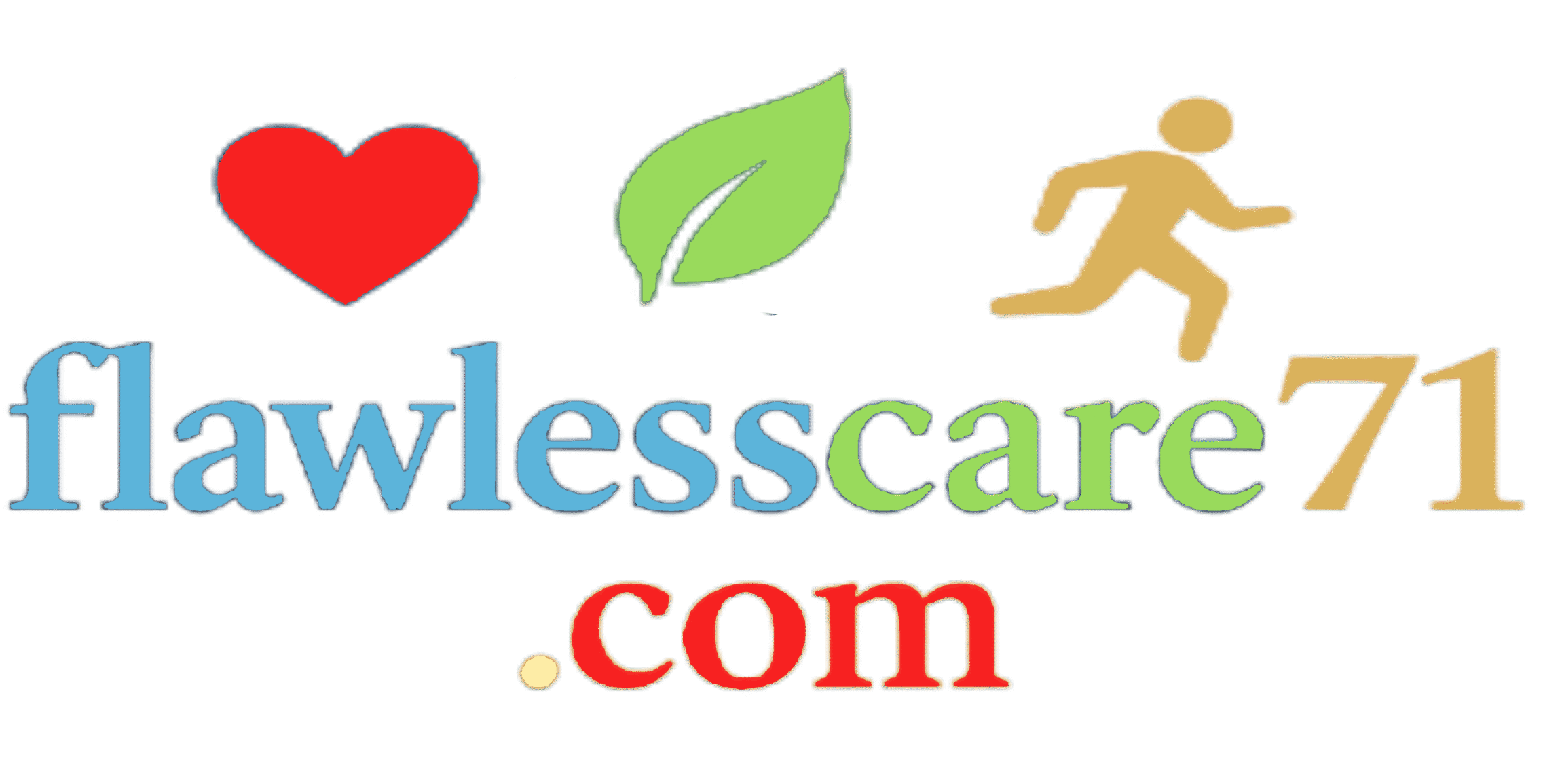
Introduction
In an era of growing health and nutrition awareness, the concept of a balanced diet stands out as a cornerstone for achieving optimal wellness and an active lifestyle. But what exactly is a balanced diet? How can we design daily meals that meet our body’s needs? In this article, we’ll explore the definition of a balanced diet, its core components, benefits, and practical steps for implementing it—especially for children. We’ll also examine how poor nutrition can lead to chronic diseases, and how a structured meal plan can promote lifelong health.

What Is a Balanced Diet?
A balanced diet provides the body with all the essential nutrients it requires for proper function, growth, and energy. This dietary approach includes a diverse range of macronutrients and micronutrients, including:
- Carbohydrates
- Proteins
- Healthy fats
- Vitamins and minerals
- Water
According to the World Health Organization (WHO) and nutritional research from the Harvard T.H. Chan School of Public Health, a well-rounded diet supports overall health, prevents malnutrition, and reduces the risk of noncommunicable diseases such as diabetes and cardiovascular disorders.
Key Components of a Balanced Diet
| Nutrient | Role | Sources |
|---|---|---|
| Carbohydrates | Primary energy source | Whole grains, oats, brown rice, potatoes, legumes |
| Proteins | Tissue growth and repair | Fish, poultry, eggs, legumes, nuts, dairy |
| Healthy fats | Brain and heart function | Olive oil, avocados, nuts, omega-3-rich fish |
| Vitamins & Minerals | Support metabolism and immunity | Fruits, vegetables, dairy, nuts, seeds |
| Water | Maintains hydration, aids in digestion | Fresh drinking water, fruits, soups |

How to Build a Balanced Meal
To create a nutritionally balanced plate, consider the following tips:
- Divide your plate: Half vegetables and fruits, one-quarter lean protein, one-quarter whole grains.
- Cook with healthy oils, like olive oil or avocado oil.
- Limit added sugars and reduce sodium intake.
- Choose whole grains (brown rice, oats) over refined grains.
- Hydrate regularly, aiming for 6–8 glasses of water daily.
Creating a Balanced Diet Plan
A sustainable dietary routine includes:
- Meal planning: Ensures a variety of nutrients in each meal.
- Portion control: Avoids calorie overload and supports healthy weight.
- Personalized nutrition: Adapt based on age, gender, activity level, and health status.
- Diverse food choices: Promotes nutrient adequacy.
Balanced Diet vs. Whole Food Diet
- Whole Food Diet: Focuses on unprocessed foods such as fresh fruits, vegetables, and whole grains.
- Balanced Diet: Includes whole foods and limited processed items, ensuring all nutritional requirements are met.

Benefits of a Balanced Diet
A balanced diet provides numerous scientifically supported benefits:
✅ Boosts Immunity
Ensures adequate intake of vitamins A, C, D, and zinc, essential for immune defense.
✅ Supports Healthy Weight
Promotes caloric balance and prevents obesity.
✅ Improves Heart Health
Reduces saturated fats, increases omega-3 intake, and stabilizes cholesterol levels.
✅ Enhances Energy Levels
Prevents fatigue by supplying consistent glucose and protein sources.
✅ Prevents Chronic Diseases
Lowers the risk of diabetes, osteoporosis, and cardiovascular disease.
🧬 Latest Study: A 2024 study published in The Lancet concluded that adopting a Mediterranean-style balanced diet lowers heart disease risk by 28% compared to standard Western diets.
Source: The Lancet
Balanced Diet for Children
Children need a nutrient-rich diet to support physical and mental development:
- Dairy products: High in calcium and vitamin D for bone growth.
- Fruits and vegetables: Essential for immunity and digestion.
- Protein: Key for muscle and tissue development.
- Whole grains: Provide sustained energy for school and play.
Teaching children through simple examples—like a plate with chicken, rice, and vegetables—makes the concept easier to understand.
Health Issues Linked to Poor Nutrition
Poor dietary habits are closely linked to a range of health problems:
| Condition | Cause |
|---|---|
| Malnutrition | Lack of essential nutrients |
| Obesity | Excess intake of sugar and unhealthy fats |
| Anemia | Iron or B12 deficiency |
| Heart Disease | High intake of saturated fats and sodium |
| Diabetes | Excessive sugar consumption |
🩺 According to the National Institutes of Health (NIH), diet-related chronic diseases account for over 70% of adult deaths worldwide.
Source: NIH.gov
Daily Healthy Meal Plan
| Meal | Example |
|---|---|
| Breakfast | Oatmeal with low-fat milk and fresh berries |
| Snack | A handful of almonds or Greek yogurt |
| Lunch | Grilled chicken breast, brown rice, and mixed salad |
| Snack | Carrot sticks with hummus |
| Dinner | Baked salmon with steamed vegetables |
Conclusion
A balanced diet is not just a health recommendation—it is the foundation of a vibrant, disease-free life. By understanding nutritional needs and making informed food choices, individuals can enhance their well-being and longevity. Whether for yourself or your family, adopting the principles of a balanced diet will lead you toward a healthier, more energized lifestyle.
🌍 Learn more from:






